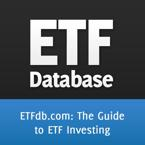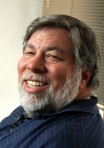The AlphaClone Alternative Alpha ETF (ALFA), which began trading on Thursday, will invest in disclosed equity positions held by established hedge fund managers—the first ETF to do so.
The new ETF “seeks to capture alpha from these managers’ long positions while protecting against protracted market downturns through a dynamic hedge mechanism.” Its strategy has been derived from the research and hedge fund replication methodology developed by AlphaClone and its founder and CEO Mazin Jadallah and is based on the passive, risk-managed AlphaClone Hedge Fund Long/Short Index.
The index directly selects its long positions from public disclosures using a proprietary ranking system which measures the efficacy of following managers based on their disclosures over a complete market cycle (since 2000). The index also incorporates a rules-based hedge mechanism that adjusts holdings between being long-only and market-hedged based on certain technical price targets for a broad index of U.S. equities.
“AlphaClone offers our separate account clients strategies that expertly combine long hedge fund equity positions with disciplined downside protection,” says Jadallah, “With the introduction of ALFA, investors around the world can now access our proven investment approach in a transparent and easy to access vehicle that can help navigate today’s challenging market environment.”
The ETF is the first to result from AlphaClone’s partnership with the International Securities Exchange, a leading U.S. options exchange.
Exchange Traded Concepts serves as investment adviser to the new ETF.










